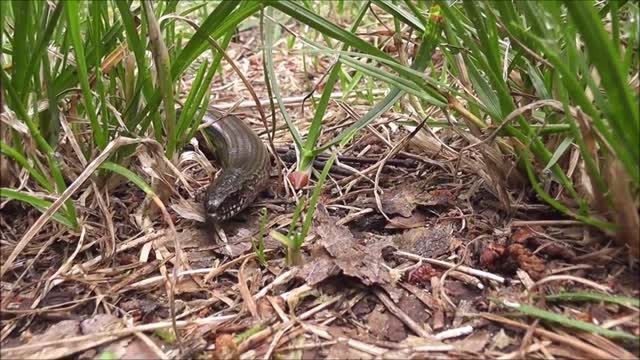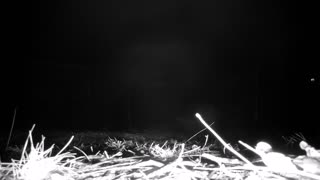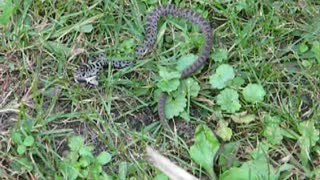Premium Only Content

A Big Snake Roaming in the Ground
Snakes are found all over the world, except in Antarctica, Iceland, Ireland, Greenland, and New Zealand, where there are just a few hundred species.
Just about 200 (or 7%) of the 600 venomous species are capable of killing or seriously injuring humans.
Nonvenomous snakes, which include the harmless garter snake and the not-so-harmless python, kill their prey by eating them alive or constricting them to death. If they kill with poison or by squeezing, almost all snakes eat their prey whole, in often mind-boggling numbers.
Snakes are nearly entirely coated with scales, and since they are snakes, they must control their body temperature externally.
Scales perform a number of functions, including retaining moisture in arid climates and reducing pressure as the snake runs.
While some snake species have been found that are largely scaleless, they all have scales on their bellies.
Snakes have forked tongues that they use to smell their surroundings by flicking them in various directions. This alerts them to the presence of danger or food.
Snakes can sense a snack in a number of ways.The heat emitted by warm-blooded prey is sensed from pit holes in front of their eyes. Vibrations from rats and other scurrying creatures are picked up by the bones of their lower jaws. Snakes can eat creatures up to three times the size of their head when their lower jaws unhinge from their upper jaws as they catch prey. The prey is held in place by teeth that face inward, trapping it in the snake's mouth.
Snakes shed their skin about once a month, a mechanism known as ecdysis, to make room for growth and get rid of parasites.
They slither out of their skin head first, leaving it discarded inside-out after rubbing against a tree branch or other item.
While most snakes lay eggs, certain ones, such as sea snakes, give live birth to their young. With the exception of pythons, who incubate their nests, relatively few snakes pay attention to their eggs.
The majority of snakes live on land, but the Indian and Pacific oceans are home to about 70 different species. Sea snakes and their relatives, kraits, are among the most venomous snakes on the planet, but they pose little danger to humans because they're shy, friendly, and their fangs aren't long enough to do much harm.
-
 0:32
0:32
TheZeppelin
3 years agoBig Black Snake
43 -
 0:15
0:15
hollyo57
3 years agoBobcat roaming
291 -
 0:37
0:37
Number9Production
3 years agoLiving Ground
107 -
 0:07
0:07
JB Baseball 11u
3 years agoJb ground out
22 -
 0:59
0:59
misskittydillon
3 years agoRinged Necked Snake in a Snake!
128 -
 1:09
1:09
TheZeppelin
3 years agoSnake Escape
43 -
 0:41
0:41
TheZeppelin
3 years agoRingneck Snake
58 -
 0:20
0:20
DK's Trail Cam Wildlife Videos
3 years agoRaccoon roaming around 2-17-21
27 -
 1:52:24
1:52:24
Squaring The Circle, A Randall Carlson Podcast
1 day ago#032 Flournoy Holmes' Artwork Helped Define The Southern Rock Phenomenon of The Early 1970's
59.3K6 -
 19:56
19:56
inspirePlay
2 days ago $1.06 earnedWalking with Lions & Facing Africa’s Wild Side | Safari Adventure with the Grid Championship Crew!
40K1